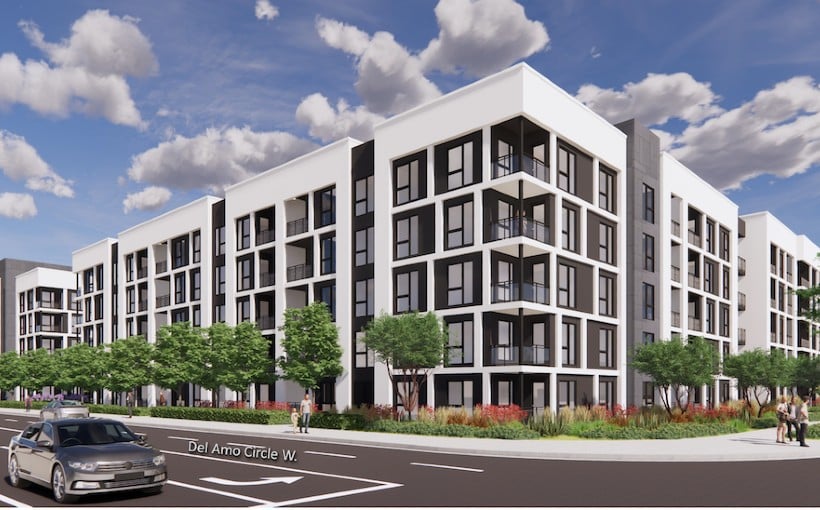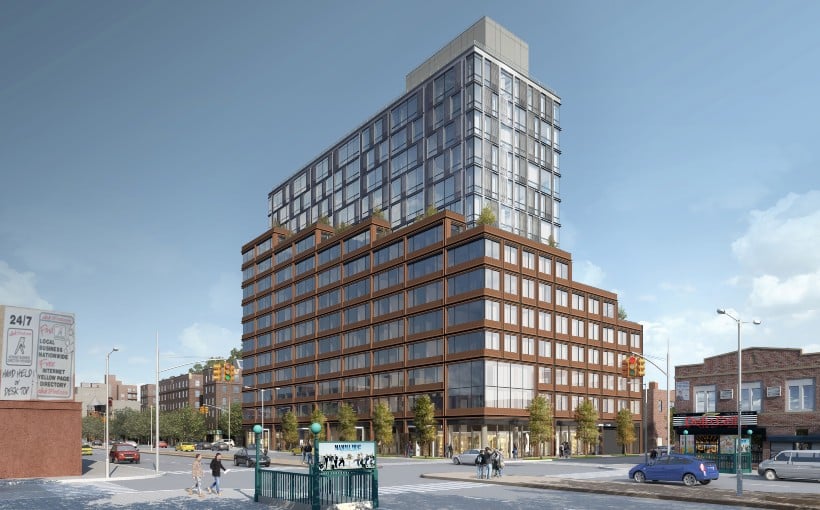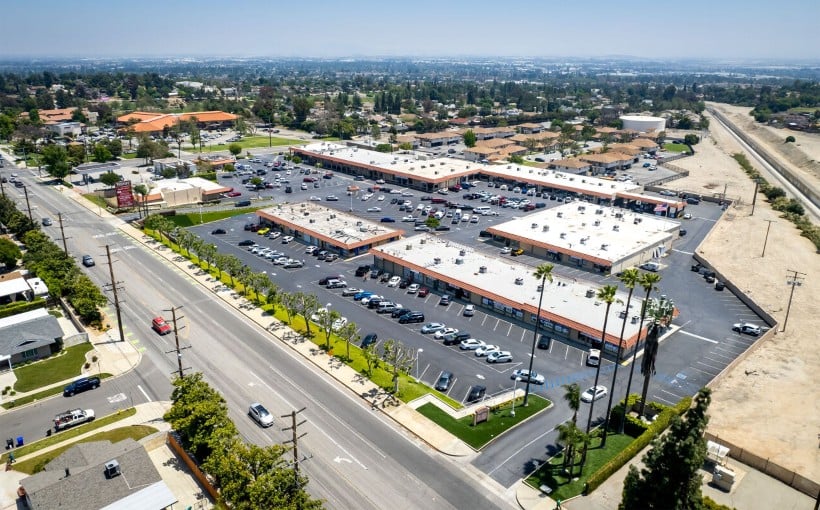**Pinpointing Tariff-Resilient Assets and Markets**
Tariffs have been top of mind across many sectors lately—from individuals managing retirement portfolios to business leaders gauging the risks of inflation or a potential recession. Leaders in commercial real estate are no exception, as they evaluate how ongoing “tariff whiplash” could affect investment and construction strategies.
A recent report by Hans Nordby, Executive Managing Director of Research and Investment Analytics at Transwestern, highlights these concerns and opportunities. Nordby notes that the array of tax policies, regulatory shifts, and evolving tariff regimes may pose a near-term drag on GDP. However, consensus forecasts still anticipate continued, albeit slower, economic growth, with inflation expected to climb in 2025 before stabilizing toward long-term norms by 2026.
The report suggests that despite market volatility, key opportunities remain—especially in industrial and multifamily real estate. Below are several important takeaways from Nordby’s analysis:
– Real estate may serve effectively as an inflation hedge and provide value stability amid fluctuating trade regulations.
– Sectors such as pharmaceuticals, semiconductors, steel, energy, and automotive manufacturing are well-positioned for expansion due to their strategic complexity.
– Ongoing trade disruptions have spotlighted key manufacturing hubs, including Arizona, Georgia, Ohio, Tennessee, and Texas, positioning these states for growth.
– Trends such as onshoring, diversification of manufacturing origins, and shifts in global supply chains are gaining momentum due to heightened tariffs and growing skepticism toward globalization.
– Increases in U.S. manufacturing activity favor both industrial and multifamily real estate, particularly in areas with growing workforces and business-friendly environments.
– Rising demand for logistics and supply chain infrastructure supports absorption in the industrial sector, while economic growth and high homeownership costs may continue driving demand in the apartment market.
Given these dynamics, Nordby concludes that industrial, multifamily, and healthcare real estate—all asset classes that cater to fundamental societal needs and strong demand drivers—could fare particularly well in a high-tariff landscape. Additionally, U.S. metropolitan markets fueled by domestic migration (as opposed to coastal cities dependent on international immigration) may carry a strategic advantage during this period of economic adjustment.




